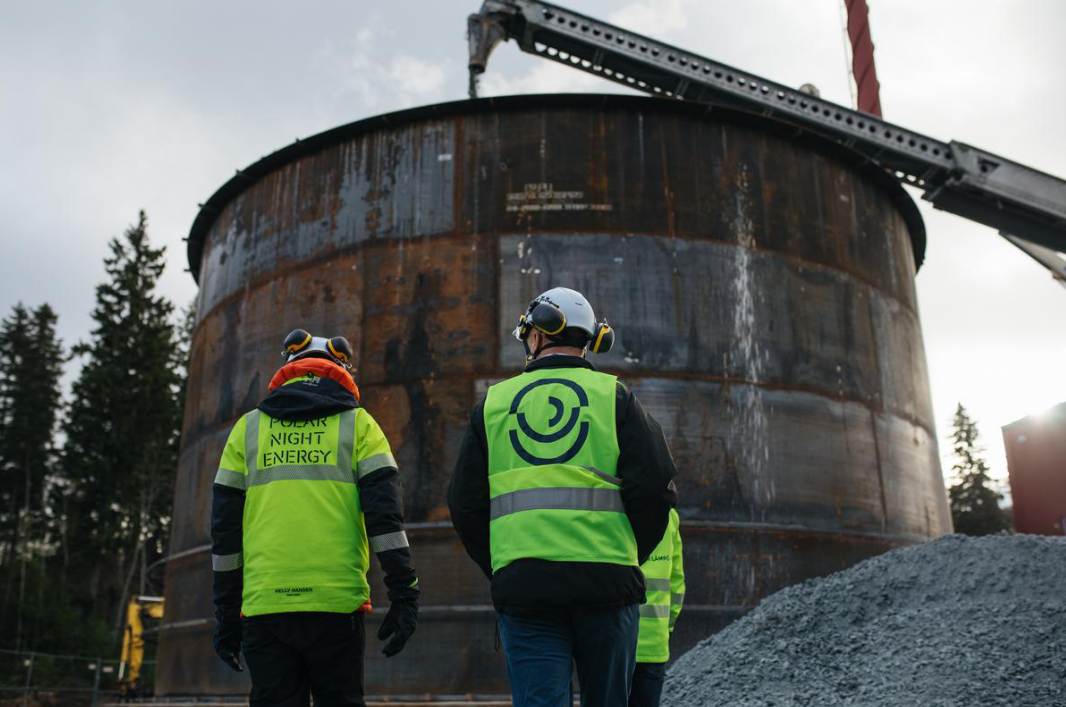
A town called Pornainen in Finland has begun using the world’s largest “sand battery” to help provide heat. The unusual method of storing energy allows the town to create heat when electricity prices are cheap, and store it for long periods of time. The heat can then be used whenever it’s needed.
1.1. What does the underlined word “it” refer to in Para. 1?
A Sand.
B Electricity.
C Heat.
D Steam.
解析:选C。C 词意指代题。根据划线词所在句的后一句“The heat can then be used whenever it’s needed.”这样,热能就可以在需要的时候被利用起来,可知“沙子电池”把热能储存起来,后面需要的时候再取用。故选C。
2.2.What’s the shortage of renewable sources in Finland?
A Lack of constant supply.
B High cost of production.
C Low energy efficiency.
D Causing much pollution.
解析:选A。A 细节理解题。根据第二段的“But renewable energy sources like solar and wind power have a problem — they only produce power part of the time. This means that sometimes there’s more energy than is needed, and sometimes, there’s not enough.”但像太阳能和风能这类可再生能源就存在一个问题——它们只能在部分时间产生电力。这就意味着有时会有过剩的电力,而有时又会电力不足。即可再生能源缺乏持续功能的特性。故选A。
3.3.When is the heat from the sand battery most likely used in Pornainen?
A During summer when electricity costs are low.
B During winter when heating is required.
C Whenever soapstone waste is available.
D During periods of high electricity demand.
解析:选B。B 推理判断题。根据文章内容可知,沙子电池储存的热量主要用于供暖。根据倒数第二段中的“When heat is needed, air is pushed through the super hot sand, heating it. The hot air can then be used to heat water or turn it into steam. Pornainen’s sand battery has been used to warm up homes, government buildings, a library, and a school.”可知,当需要热量时,空气被吹过超热的沙子加热……波尔奈宁的沙子电池已被用于为家庭、政府建筑、图书馆和学校供暖。结合第三段中的“It can store enough energy to heat Pornainen for about a month in the summer and about a week in the winter.”可知,芬兰冬季寒冷,供暖需求显著高于夏季,由此可推断,沙子电池的储能主要用于冬季。故选B。
4.4.What is the significance of the sand battery in Pornainen?
A It protects the forests.
B It cools buildings in summer.
C It generates electricity from heat.
D It saves energy from renewable sources.
解析:选A。A 推理判断题。文章末尾明确提到“In cold, dark winter months, some wood chips will still be needed, but the battery will cut the amount of wood burned by 60%.”在寒冷黑暗的冬季,仍需要部分木材,但沙子电池将减少60%的木材燃烧量。由此可知,沙子电池间接减少对森林资源的砍伐,从而保护森林。选项B(夏季制冷)未在文中提及;选项C(将热量转化为电能)是未来研究方向,目前尚未实现;选项D(节约可再生能源)与文章逻辑不符——沙电池本身存储的是电能(可能来自可再生能源),但核心意义在于解决可再生能源的间歇性问题,而非“节约能源”。故选A。